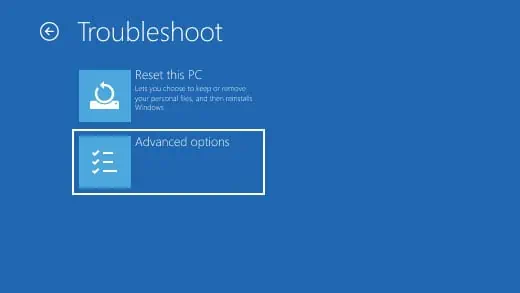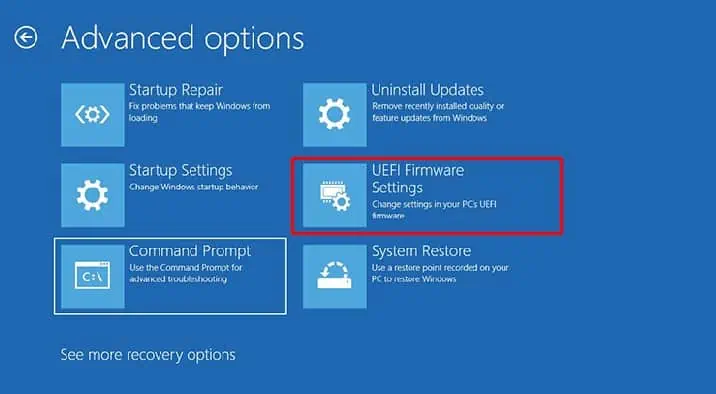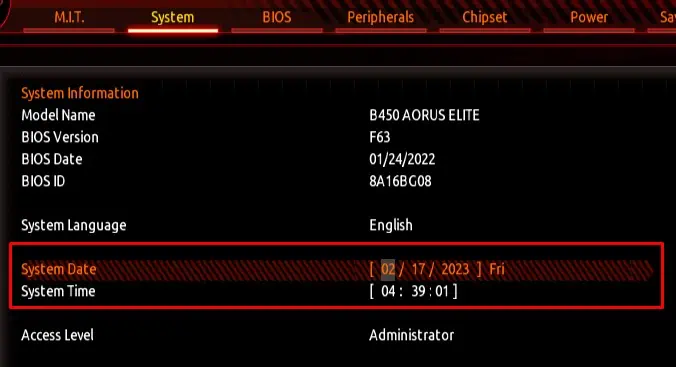UEFI is a firmware that controls every component connected to your computer. you may enable/disable the entire hardware components and even overclock a few of them through UEFI.
However, accessing and using the UEFI firmware can be a little tricky—especially if you have just gotten into tweaking hardware settings. In fact, not every motherboard has UEFI firmware settings enabled as default—old motherboards run in classic BIOS mode or Legacy mode.
Below, we have discussed a few ways you may access and utilize the UEFI settings.
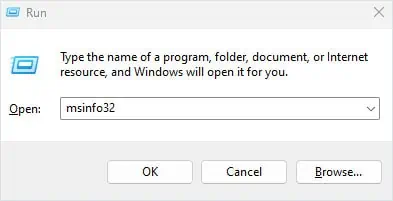
How to Access UEFI Firmware Settings?
Your motherboard’s BIOS operates in two different modes, UEFI and Legacy or CSM (Compatibility Support Module). If the BIOS is in Legacy or CSM mode, you cannot access the settings and configuration available in UEFI.
Here’s how you may utilize the system information to check your current BIOS mode.
After you have confirmed the BIOS mode on your system, you may access UEFI firmware settings either through the advanced startup menu or by pressing the BIOS key.
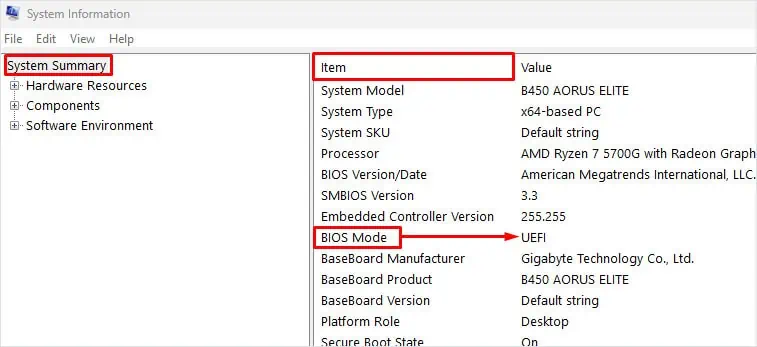
Using the BIOS to enter UEFI mode is probably the easiest compared to the advanced startup method.Turn on your PC and repeatedly press the BIOS key on your keyboardto enter the BIOS.
If you do not know the BIOS key for your system, you may check the motherboard or laptop user manual.
Windows users can easily enter the UEFI firmware settingsusing the Advanced Startup menu. The advanced startup menu allows you to access all the startup settings and UEFI firmware settings, uninstall updates, perform a startup repair and even restore the system.
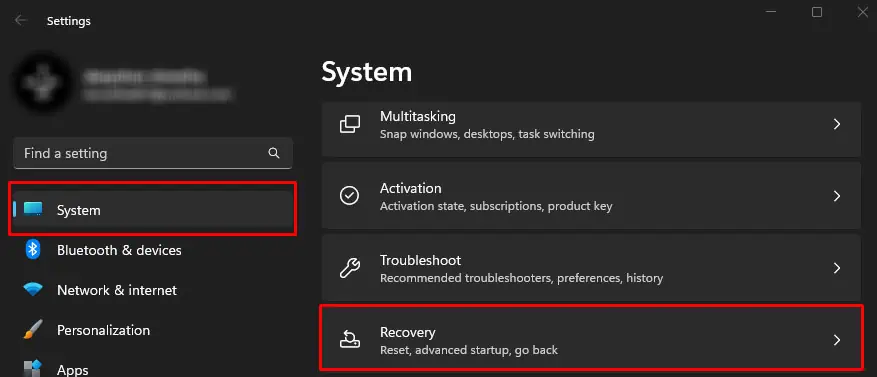
Once the system restarts, it will directly load into the UEFI firmware settings.
Can’t Access UEFI Settings?
Most of the time, repeatedly pressing the BIOS key during boot or using advanced startup will most likely boot you into UEFI BIOS. However, if that does not work, settings in the BIOS itself could be causing the system from accessing UEFI settings.
For instance, if you have fast boot enabled, you may not be able to access the UEFI even when you repeatedly press the Delete key. In such a case, you need to disable fast boot.
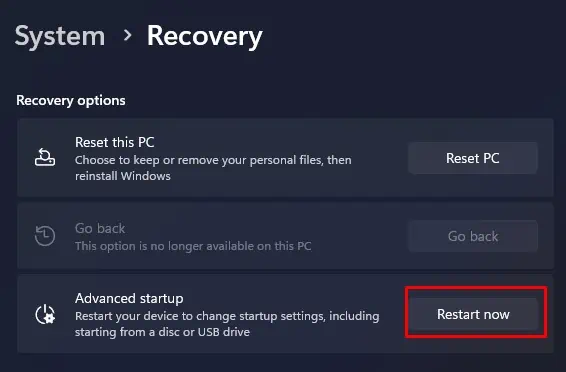
Besides, you may try resetting the BIOS and verify if you can access the UEFI settings. Resetting the BIOS will revert any changes made to the system, and set all its settings to the default state. There are several ways you can reset the BIOS. Since you cannot enter the BIOS, we recommendremoving the CMOS batteryto reset the BIOS.

